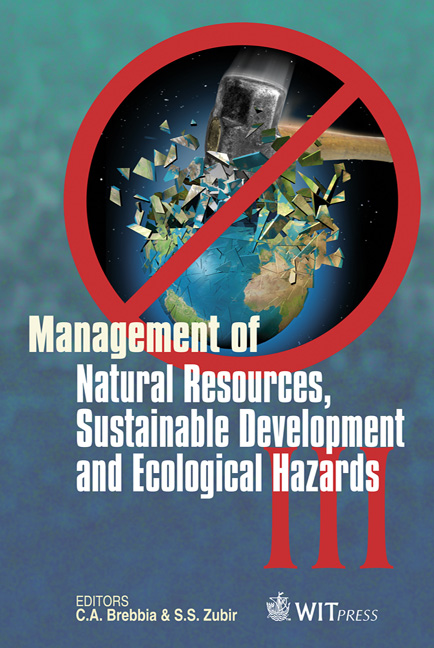Coconut Coir Activated Carbon: An Adsorbent For Removal Of Lead From Aqueous Solution
Price
Free (open access)
Transaction
Volume
148
Pages
10
Page Range
95 - 104
Published
2011
Size
1,542 kb
Paper DOI
10.2495/RAV110101
Copyright
WIT Press
Author(s)
M. Chaudhuri & S. N. B. Saminal
Abstract
The purpose of this study was to prepare activated carbon from an agricultural solid waste and assess its effectiveness in adsorptive removal of lead from aqueous solution. Activated carbon was prepared from coconut coir and its characteristics were compared with that of a commercial bituminous coal-based activated carbon. The coconut coir activated carbon possessed higher surface and micropore areas, micropore volume and average pore diameter, and well developed meso- and micropores. Adsorption of lead from aqueous solution by the coconut coir activated carbon was examined. Batch adsorption test showed that extent of adsorption was dependent on lead concentration, contact time, pH and activated carbon dose. Adsorption was low at acidic pH and increased up to pH 5, with marginal increase up to pH 6. Equilibrium adsorption was attained in 2.5 h. Lead adsorption followed pseudo-second order kinetics. Equilibrium lead adsorption data for the coconut coir activated carbon and commercial activated carbon were described by the Langmuir and Freundlich isotherm models. Coconut coir activated carbon showed higher lead adsorption capacity [7.75 (Langmuir) and 3.63 (Freundlich)] compared with the commercial activated carbon [7.55 (Langmuir) and 1.87 (Freundlich)]. Coconut coir activated carbon is a suitable substitute for commercial activated carbon in the adsorptive removal of lead from water. Keywords: adsorption, activated carbon, coconut coir, heavy metal, lead.
Keywords
adsorption, activated carbon, coconut coir, heavy metal, lead





